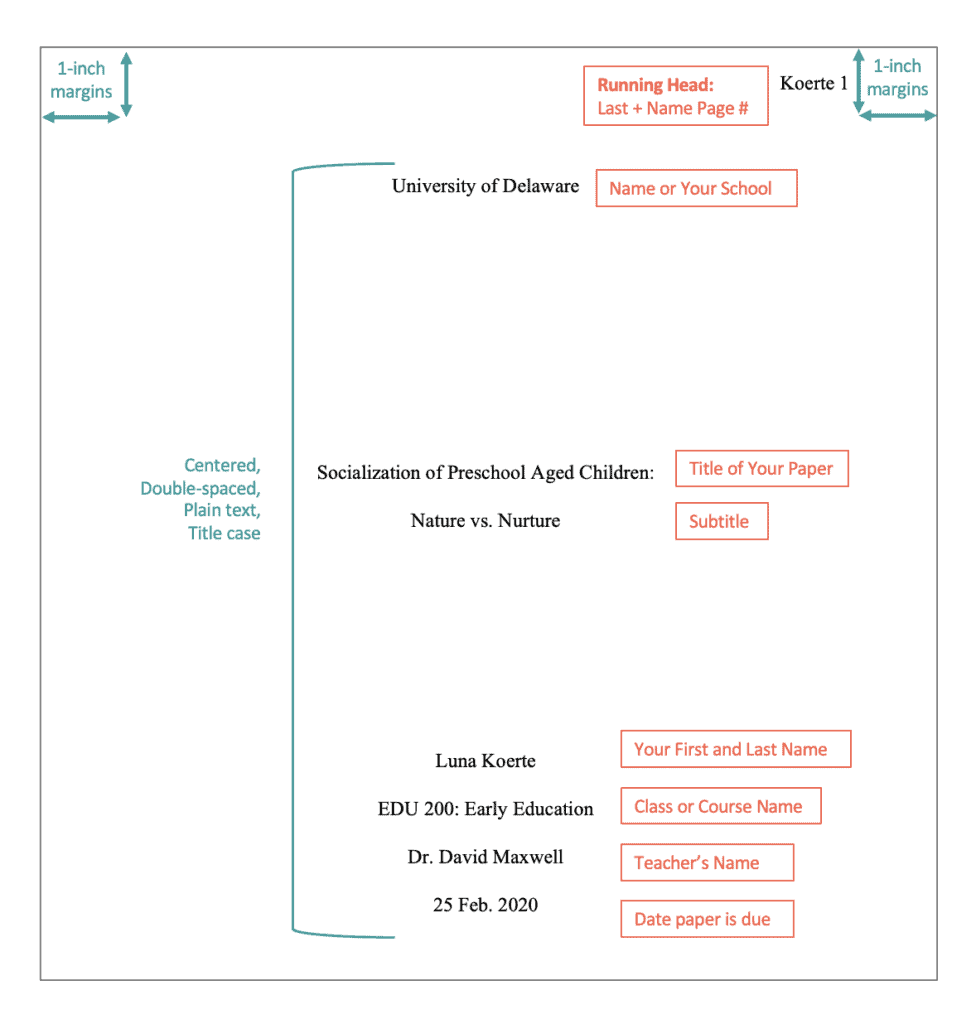In the realm of academic writing, adhering to proper formatting guidelines is essential for conveying professionalism and ensuring clarity in scholarly communication. Among the various citation styles utilized in academia, Modern Language Association (MLA) format stands out as one of the most widely recognized and frequently employed styles. In this comprehensive guide, we’ll delve into the intricacies of MLA style, explore why it’s favored by scholars, and provide step-by-step instructions on how to format an MLA style title page.

Understanding MLA Format:
The Modern Language Association (MLA) style is a set of guidelines established by the Modern Language Association for formatting academic papers, particularly those in the fields of literature, language studies, and the humanities. Originally developed to standardize the citation of sources in scholarly writing, MLA format has evolved to encompass various aspects of document formatting, including margins, font size, spacing, and title page structure.
Why MLA Format Is Frequently Used:
- Uniformity and Consistency:
MLA format provides a standardized framework for formatting academic papers, ensuring consistency and uniformity across various disciplines and publications. By adhering to MLA guidelines, writers can create documents that are visually cohesive and easily recognizable within academic circles. - Emphasis on Clarity and Readability:
MLA format prioritizes clarity and readability, with guidelines designed to enhance the accessibility of academic writing. Through requirements such as double-spacing, clear font choices, and concise citation formatting, MLA style aims to facilitate understanding and comprehension for readers. - Acknowledgment of Sources:
Central to MLA style is the proper citation of sources, which serves to acknowledge the intellectual contributions of other scholars and support the credibility of one’s own arguments. By incorporating in-text citations and a comprehensive works cited page, MLA format encourages ethical scholarship and fosters academic integrity.
Formatting an MLA Style Title Page:
Now that we’ve explored the significance of MLA format, let’s delve into the specifics of formatting an MLA style title page. Follow these step-by-step instructions to ensure that your title page meets the requirements of MLA style:
- Title:
At the center of the page, write the title of your paper. Use title case capitalization, which means capitalizing the first letter of each major word in the title. Avoid underlining, italicizing, or enclosing the title in quotation marks unless it includes the title of another work. - Author’s Name:
Beneath the title, include your name (or the name of the author) aligned to the left side of the page. Do not use any titles (e.g., Dr., Prof.) or degrees (e.g., Ph.D., M.A.) before or after the name. - Institutional Affiliation:
Below your name, include the name of your institution (e.g., university, college) aligned to the left side of the page. If your instructor or institution has specific requirements for formatting the institutional affiliation, ensure that you adhere to those guidelines. - Course Information:
Next, include information about the course for which the paper is being submitted. This typically includes the course name or number and the instructor’s name. Align this information to the left side of the page, beneath the institutional affiliation. - Date:
Finally, include the date of submission aligned to the left side of the page. In MLA format, the date should be written in day-month-year format (e.g., 10 March 2024), with the month spelled out in full.
Sample MLA Style Title Page:

Mastering MLA style is an indispensable skill for academic writers, enabling them to present their research and arguments with clarity, precision, and integrity. By understanding the principles of MLA format and following the guidelines for formatting a title page, writers can elevate the professionalism of their academic papers and contribute to the ongoing discourse in their respective fields. Whether you’re a student, researcher, or educator, embracing MLA style empowers you to communicate effectively and participate meaningfully in scholarly dialogue.